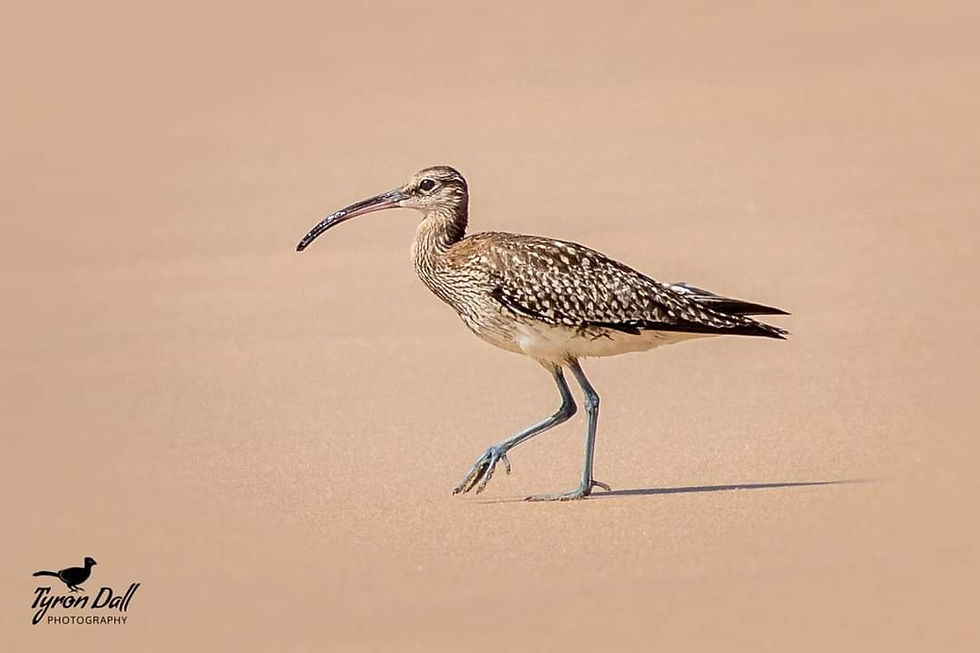Quick Tips for Identifying Terek, Common, Green, and Wood Sandpipers
- Adam Cruickshank

- Sep 16, 2024
- 2 min read

In South Africa, spring has arrived, and this signals the gradual return of waders. In this article, I continue with a series of posts aimed at providing simple tools to help identify waders in the field.
In this short post, I will provide identification tools to help you distinguish between the Terek Sandpiper, Common Sandpiper, Green Sandpiper, and Wood Sandpiper. This is not an exhaustive guide to identifying these species but rather a starting point for your journey.
For each species, I will focus on four key characteristics: the bill, the legs, the body, and the bird’s behavior.
Terek Sandpiper
- Bill: Upturned, long, and slightly orange at the base.
- Legs: Bright orange or yellow.
- Body: Small, with a slightly hunched posture.
- Behavior: Often feeds actively, running along the shoreline.

2. Common Sandpiper:
- Bill: Short, straight with a dark tip.
- Legs: Greenish-grey.
- Body: Brown upperparts and white underparts with a clear, sharp division.
- Behavior: Frequently bobs its tail (teeters) when foraging.

3. Green Sandpiper:
- Bill: Medium-length, straight and dark.
- Legs: Dark greenish.
- Body: Dark green-brown upperparts with a contrasting white belly.
- Behavior: Usually prefers rocky river systems with overgrown vegetation on the side.

4. Wood Sandpiper:
- Bill: Medium-length, straight, slightly finer than Green Sandpiper.
- Legs: Yellowish-green.
- Body: Light brown with noticeable white spots on the wings.
- Behavior: More sociable than the Green Sandpiper, often seen in small groups.

To improve even further, I highly recommend Faansie Peacock’s book Chamberlain’s Waders – A Definitive Guide to Southern Africa’s Shorebirds. It's the best resource available in the region for mastering the identification of these challenging birds.
For those who would like to learn more about Waders, we have the following podcast episodes. Wader Quest and The Wonder of Waders.

